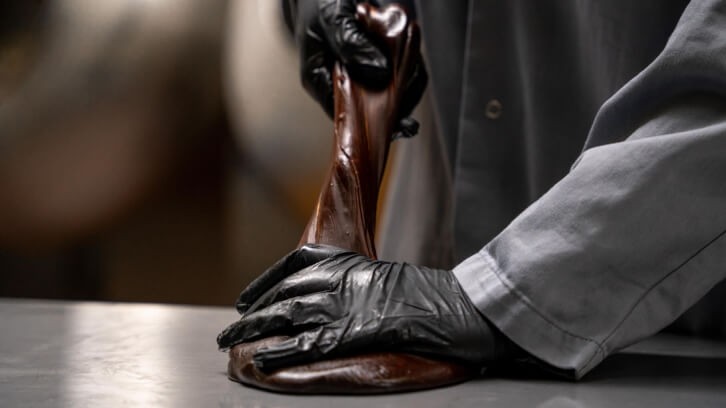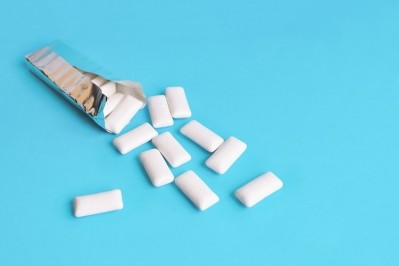Back to black: Why licorice is having a renaissance

For a love-it-or-loath-it candy, licorice (or liquorice in Europe) sales are booming. In the next four years, market research firm Precision Reports predicts sales will hit $2,155m achieving a CAGR of 4.6%. Set against the 3.2% growth forecast of the confectionery market overall, it’s a promising outlook.
What is liquorice?
- The aromatic compound glycyrrhizin which gives liquorice confectionery and drinks the traditional aniseedy flavour comes from the root of a flowering plant grown in Asia and some parts of Europe.
- The root was made into a sweet drink by the ancient Egyptians, and appeared in candy form in the 18th century in the north of England when a local chemist added sugar to it and called it Pontefract cake.
- Glycyrrhizin is 30-50 times sweeter than sugar. Glycyrrhizin powder is mixed with aniseed oil and sugar to make the sticky black candy.
- When consumed in high doses, licorice can raise blood pressure and lower potassium levels, so the EU has suggested 100mg per day as the upper limit (equivalent to approximately 60-70g licorice per day).
Historically used as medicine in many ancient cultures to cure everything from TB to bronchitis, licorice’s confectionery debut began in 1760s in the north of England when a chemist named George Dunhill combined the licorice root with sugar to make a sticky black lozenge known as Pontefract cake.
Sales soared and by the 19th century there were 10 factories in Yorkshire producing 25,000 cakes per day and soon its popularity spread beyond England’s borders finding especially enthusiastic consumers in northern Europe, where licorice was combined with salt or flavoured with salmiak, a sweet/salty powder.
Global licorice sales in 2024
Today, it’s the Dutch who consume the most per capita – eating an average of 1.8kg per year, with Cloetta-owned Venco with its Pontefract-like licorice coins stealing market share. However, the US consumes the most licorice overall, accounting for 38% of sales according to Future Markets Insight data with Hershey’s Twizzler brand and Red Vines from the American Licorice Company the market leaders.
Innovative licorice flavours
But what’s behind the robust growth of this sector? A relentless desire for novelty is certainly a factor and one which inspires relative newcomer Lakrids by Bülow which was founded in Denmark in 2007. “Our brand mission is to make the world love liquorice, so we love to share our passion with everyone and especially enjoy converting the liquorice haters out there,” says Francisca Listov-Saabye Head of Product Development at the firm.
As well as simple yet premium sweet and salty licorice SKUs, Lakrids by Bülow is relentlessly innovative combining licorice with chocolate, and other flavours such as fruit, caramel and whiskey. “There’s a surge in demand for vibrant, playful, and exotic flavours that tantalise the taste buds with a burst of exotic and fruity fun,” she says. “My mission is to create a licorice flavour for everyone and every occasion – there’s fruity red licorice for those new to the world of licorice while the more adventurous eater might choose to try sweet licorice with a touch of salty caramel or a more Nordic flavour with salmiak, for example.”
Licorice sampling opportunities
For Swedish liquorice brand Lakritsfabriken, innovation comes in the form of chilli which has been added to a dark chocolate-glazed salt liquorice. Meanwhile, established firms are embracing novelty too, with America Licorice Company launching a Movie Mix Twists Tray this summer which features popcorn flavoured red vines.
Texture is also getting an upgrade. German food ingredients company Alfred L. Wolff launched a new liquorice extract that seeks to provide a fast-processing and dust-free alternative to the typical ‘stickiness’ of varieties on the market.
Sampling remains a key priority, to challenge consumers’ perceptions that licorice is not for them. As such the travel retail market has a part to play. To that end, Swedish retailer Lakritsroten introduced its small-batch liquorice sweets to travellers in December 2023, opening a store in Stockholm Arlanda Airport’s new marketplace, while airline Finnair added plain and salty licorice to its inflight menu this summer.















